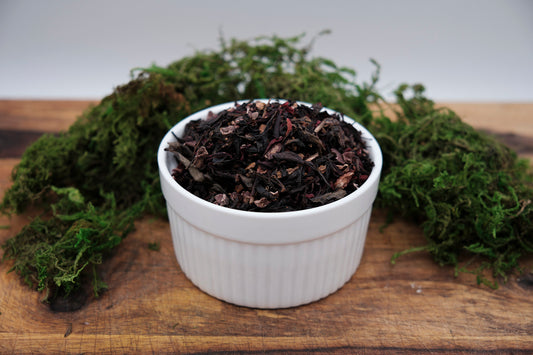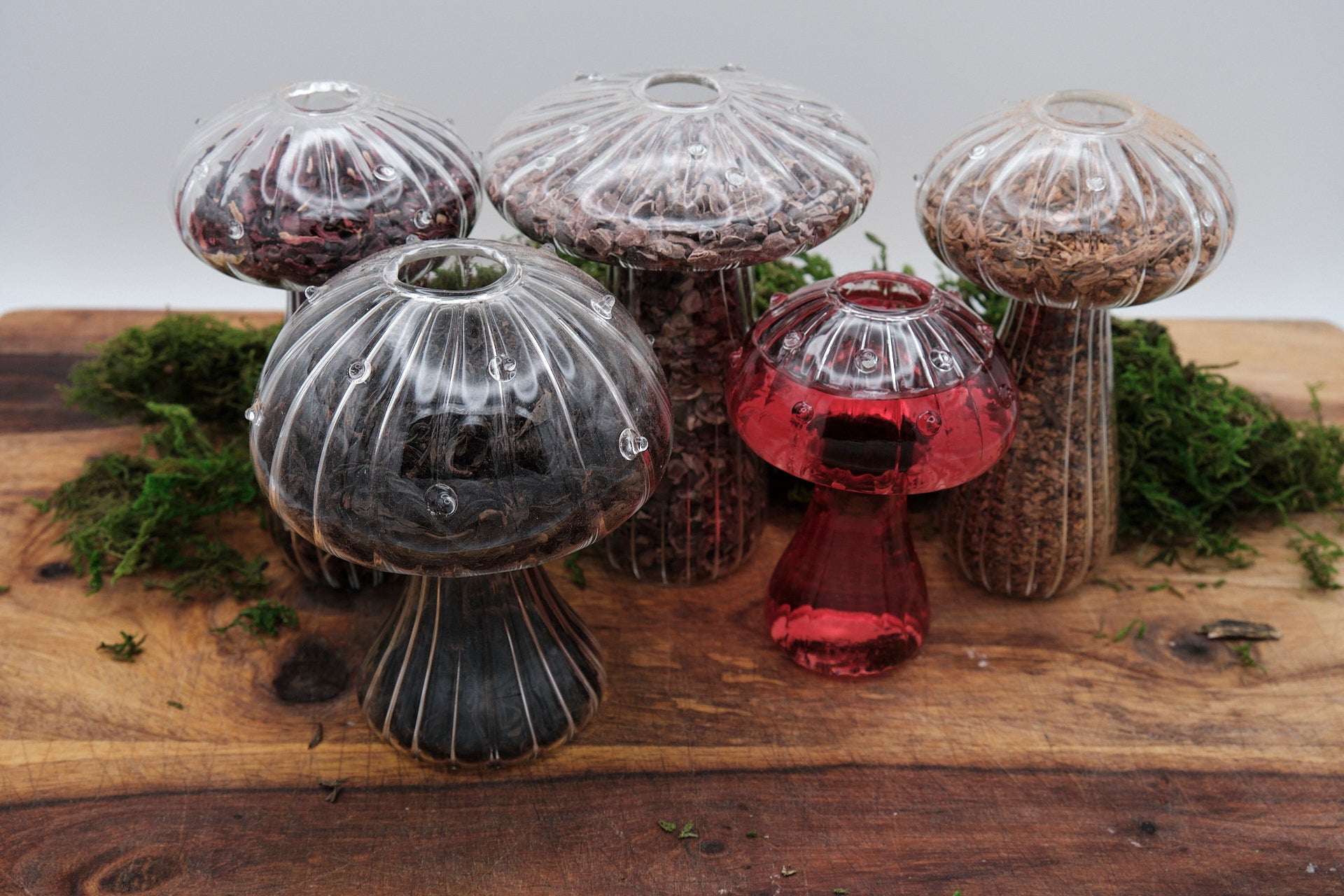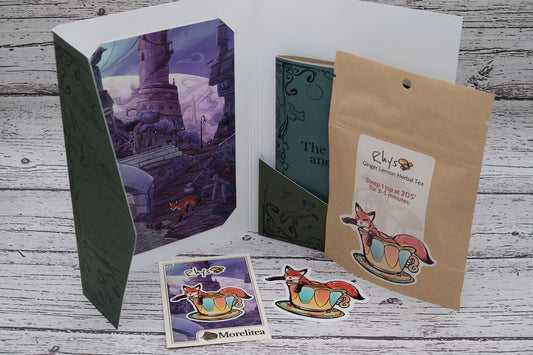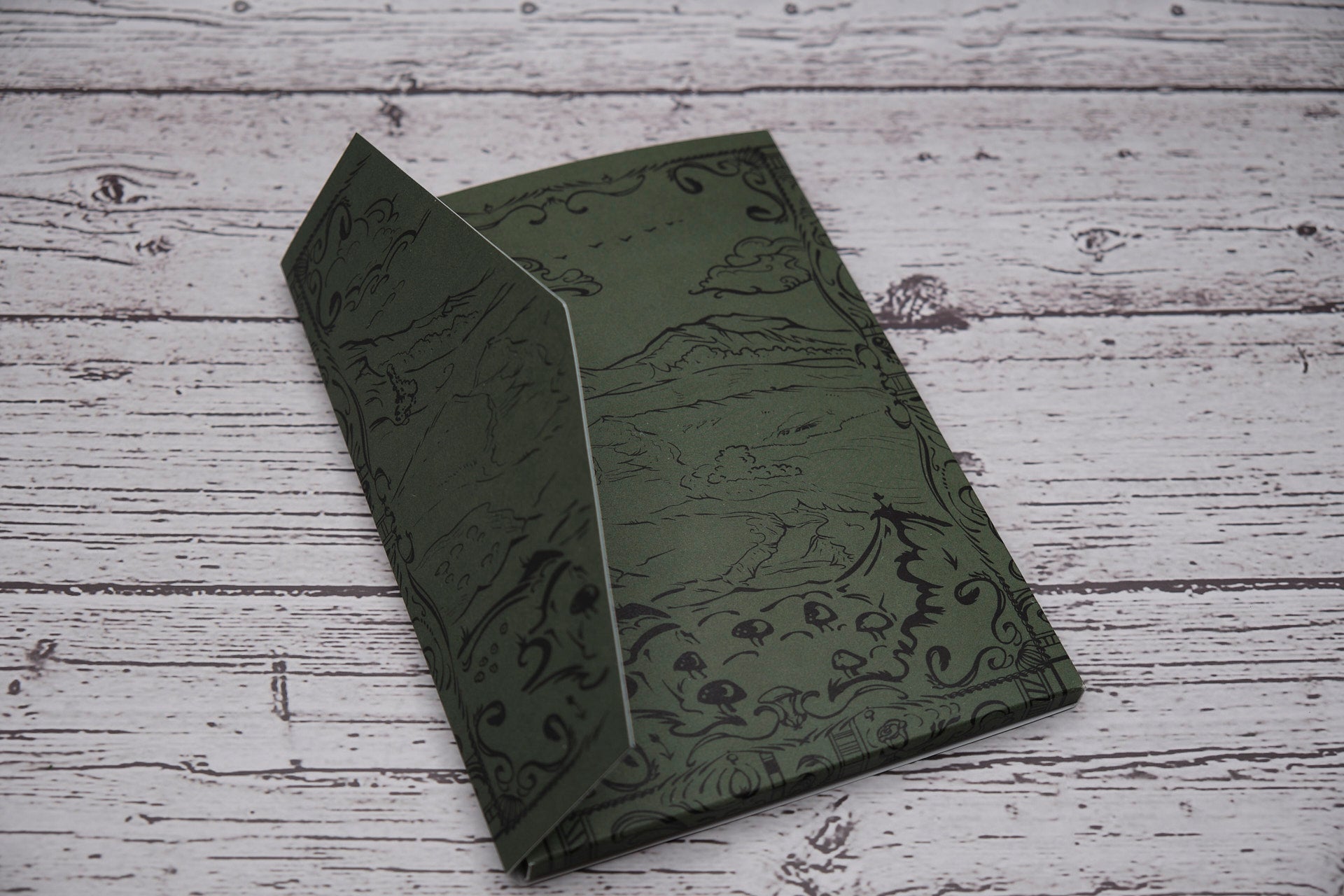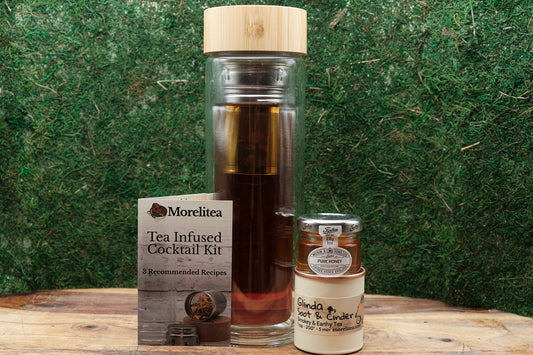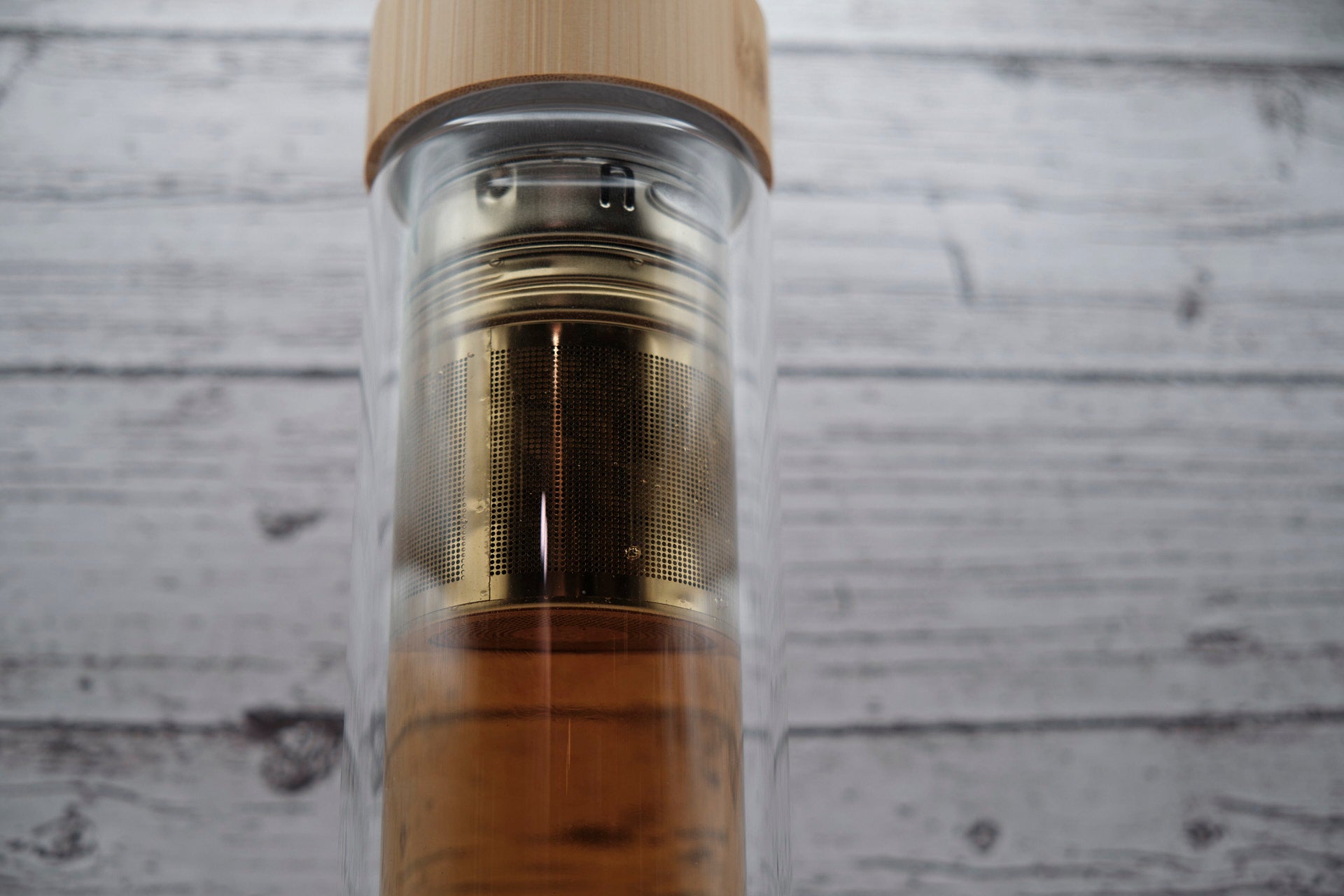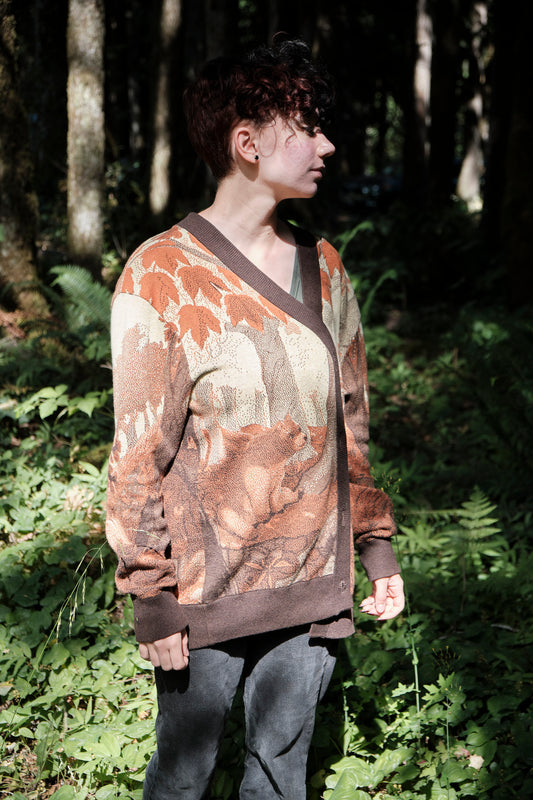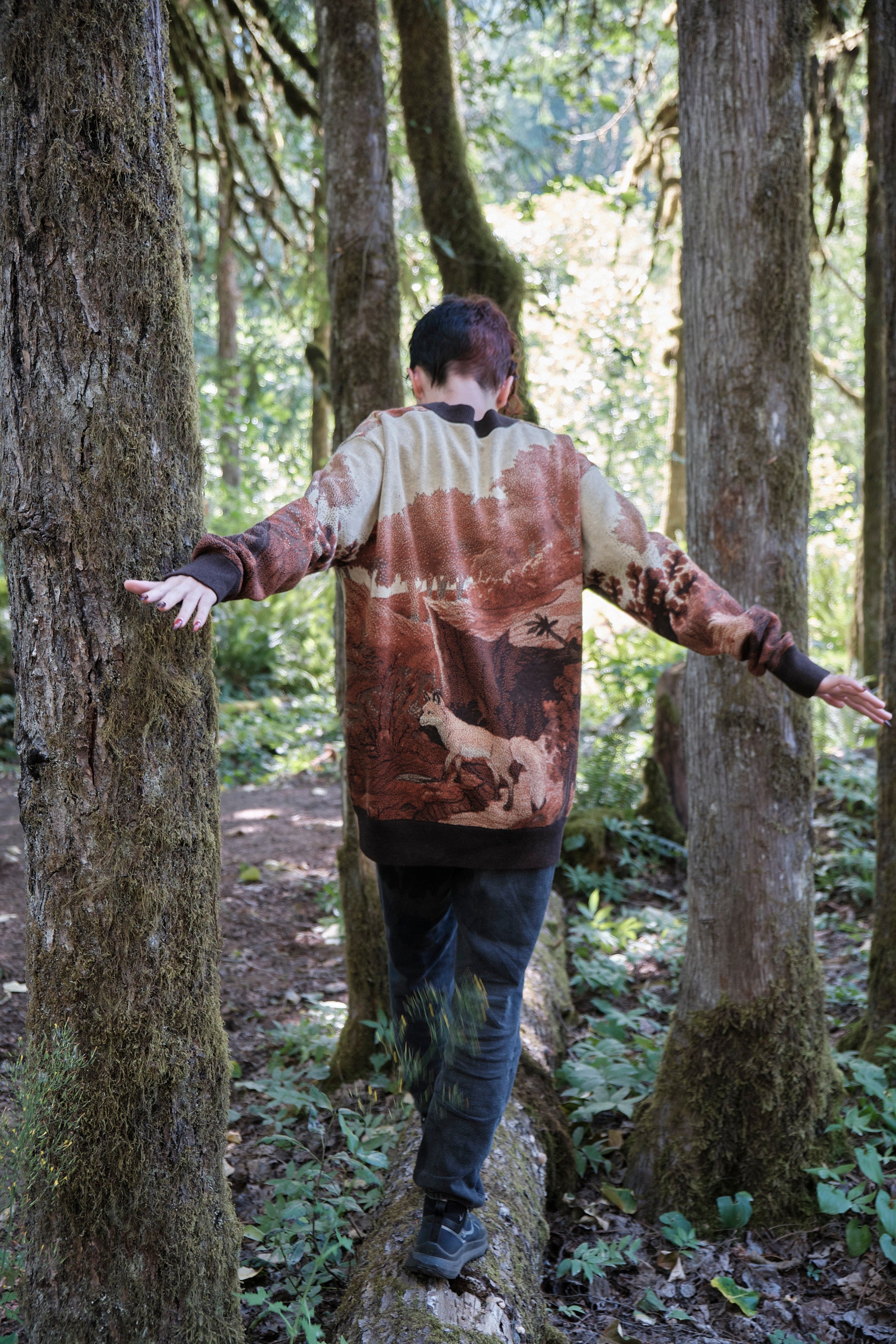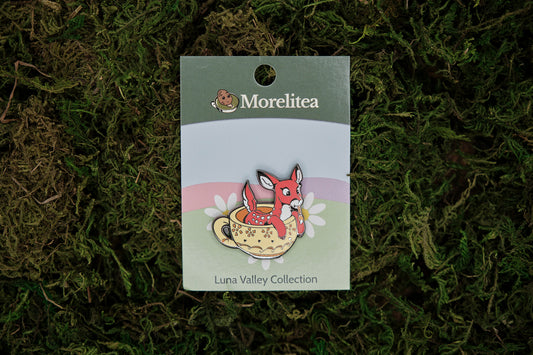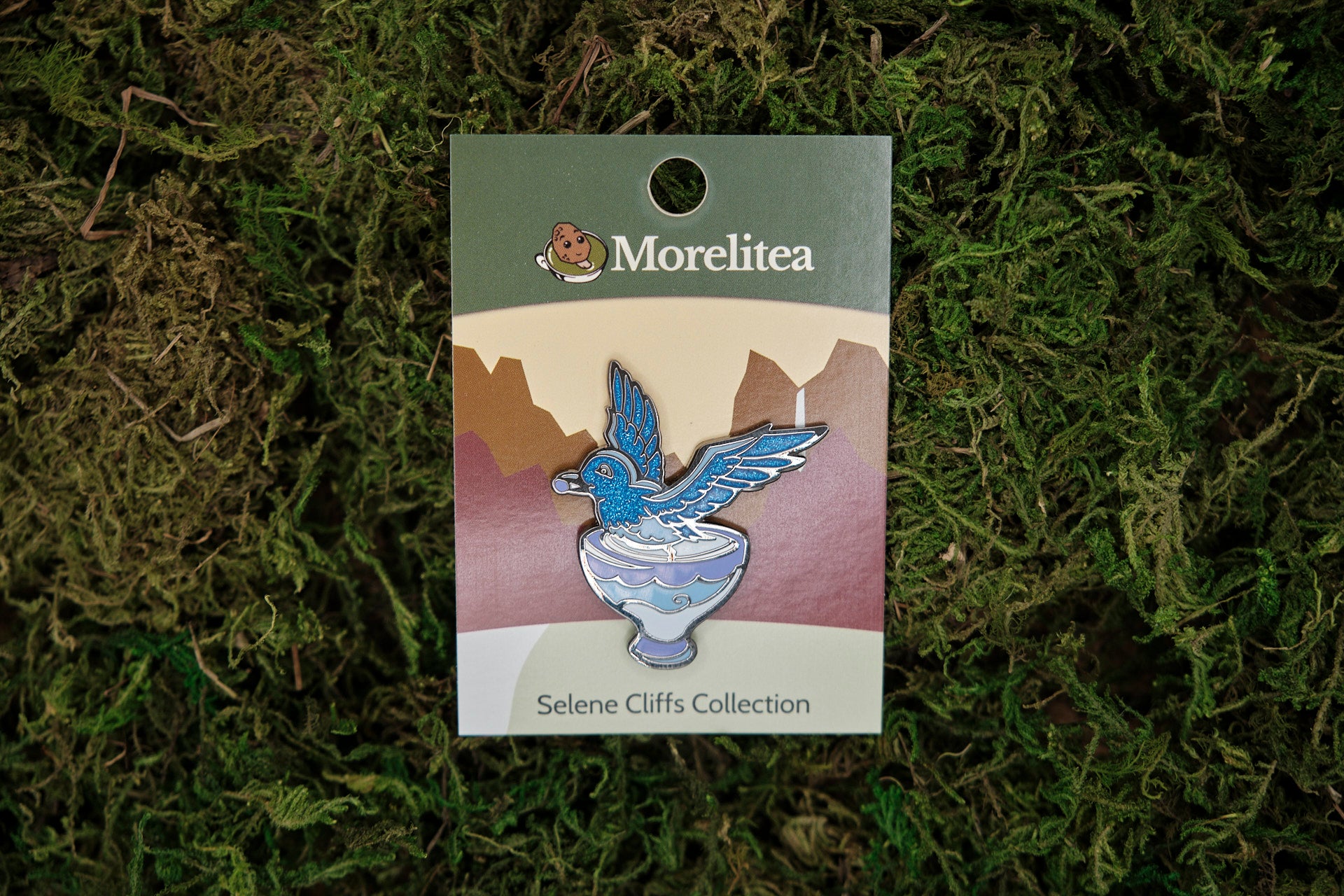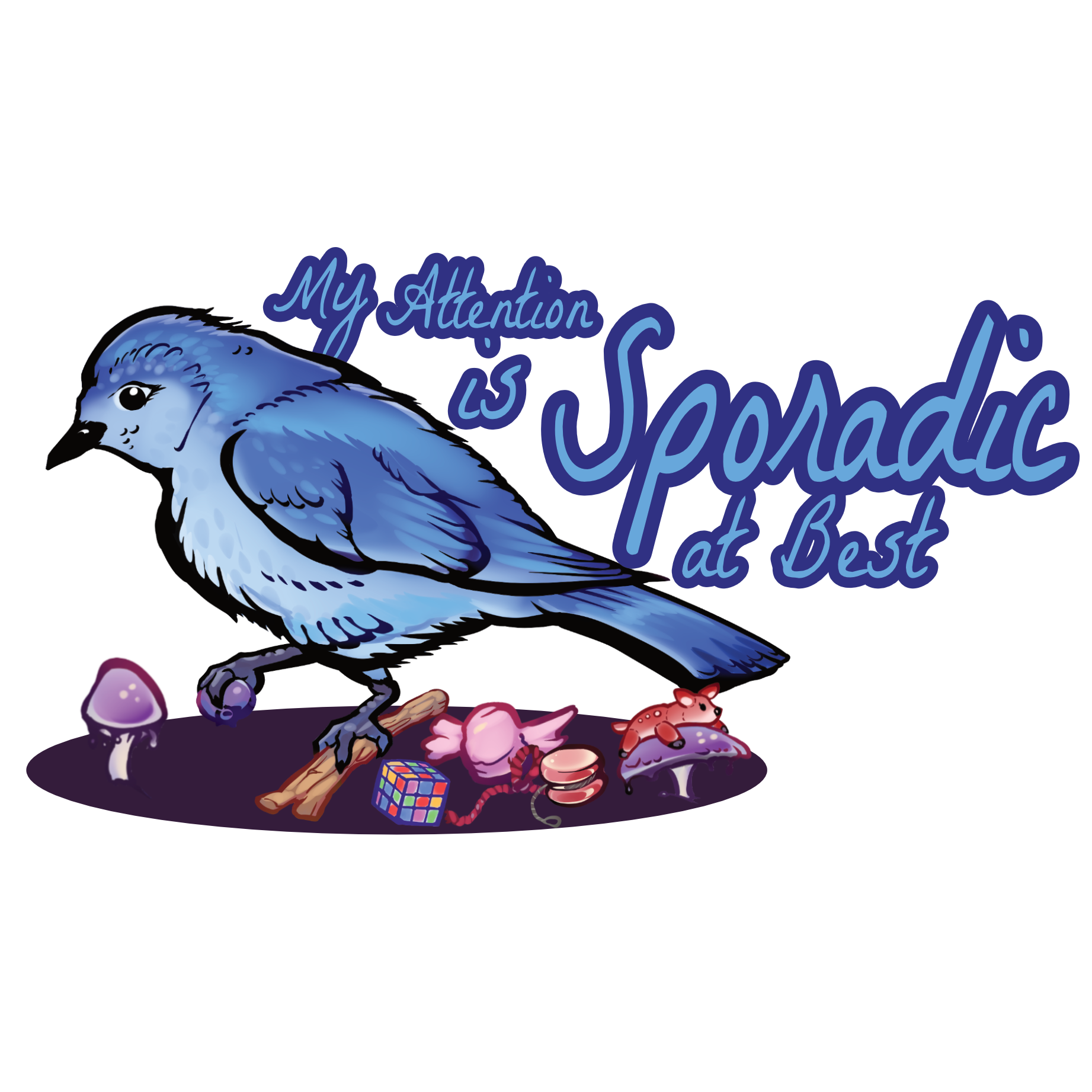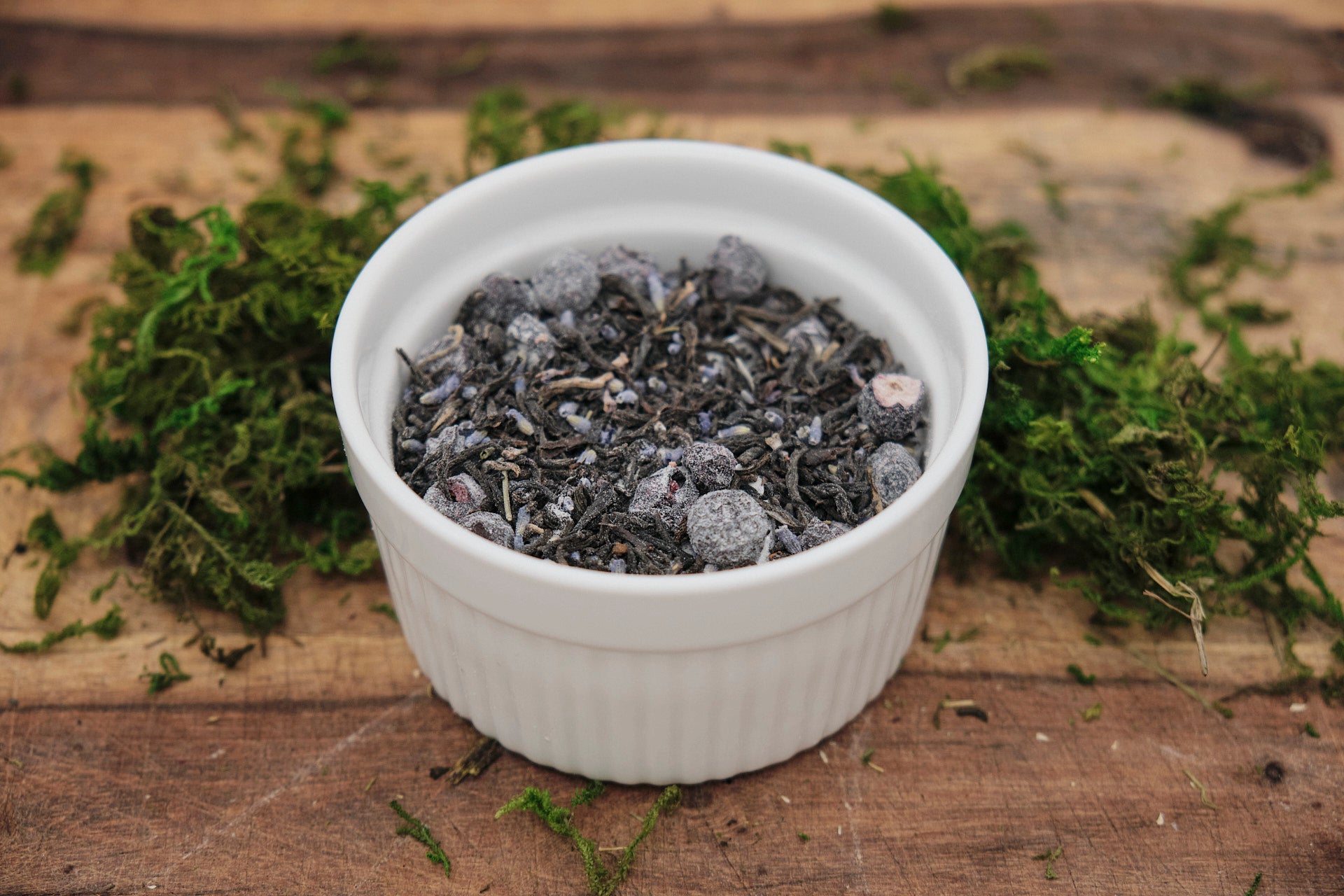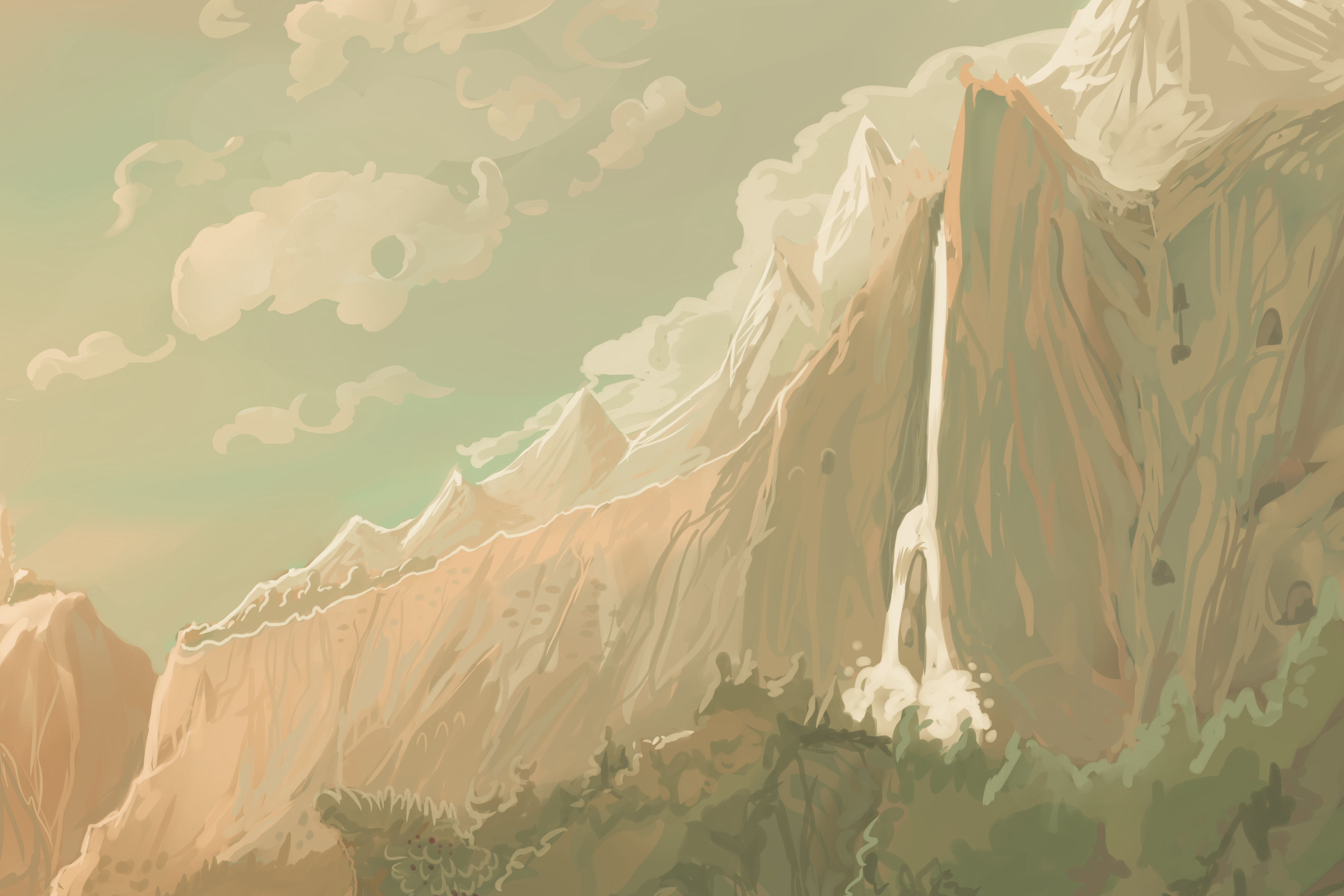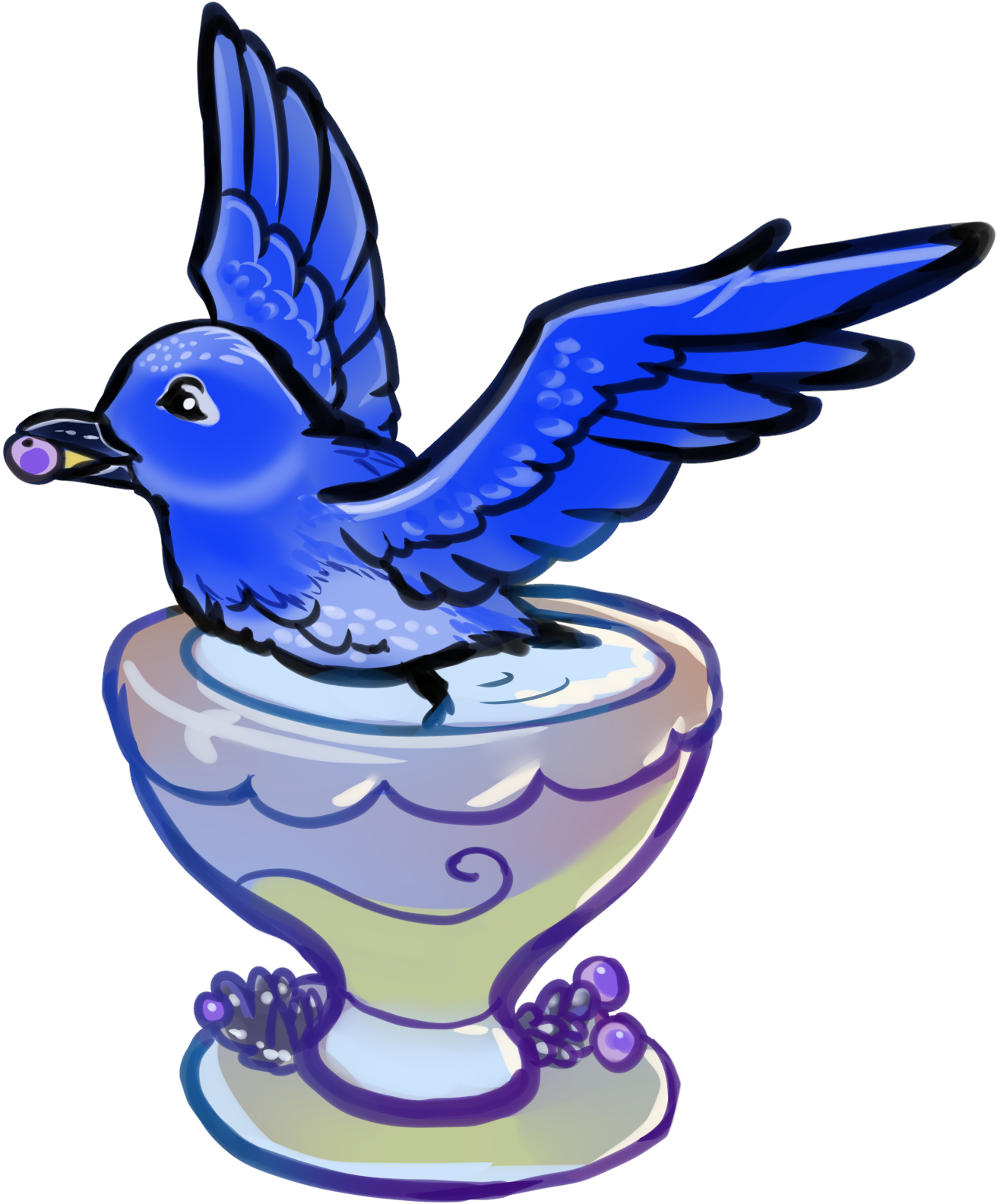Los habitantes de Selene Cliffs hablan rápido y a menudo con metáforas. Las referencias a los dioses del panteón de las aves son comunes. "Que Liora (diosa del destino) sea amable contigo" es algo que se le puede decir a alguien que se está aventurando en un plan arriesgado. Un pájaro que no disfruta de la luz del amanecer puede murmurar maldiciones a Elanna (diosa de la luz). Si nace un bebé, los pájaros dirán "Nimmireth (diosa de la fertilidad) ha bendecido tu hogar y Brigha (diosa de la familia) ha calentado tus fuegos". Aquellos que no son de los acantilados a menudo no entienden quiénes son estos dioses en particular, pero aun así sonríen ante las bendiciones.
Diferencias regionales
Cada región de Mycorzha tiene muchas creencias y valores compartidos, pero aun así cada una tiene aspectos que las hacen únicas.
Para obtener más información sobre creencias compartidas, festividades y aspectos culturales en las Islas, visite Mycorzha Wiki ↦
Read more
Dialecto
Espiritualidad
¡Los acantilados Selene tienen un Panteón tan extenso lleno de tradiciones y magia que ha sido colocado en su propia sección que se encuentra a continuación!
Conozca más sobre el Panteón
Arte
Al ritmo de los fuertes vientos del acantilado, la mayor parte del arte se entrelaza con el aire: las campanillas de viento cantan con la brisa, las coloridas banderas ondean con mensajes de viajeros del pasado y los intrincados móviles colgantes se mecen con gracia como si bailaran con el cielo. Al igual que las aves de nuestro mundo, los Acantilados Selene se sienten atraídos por los colores brillantes y los objetos relucientes que relucen bajo la luz del sol. Estos tesoros suelen estar adornados con elaborados motivos dorados con intrincados patrones.
Vacaciones
Las cuatro festividades que se celebran en la mayoría de las regiones de Mycorzha comparten los nombres de los cuatro dioses del viento dentro del panteón de las aves. Los Acantilados Selene consideran estas cuatro festividades como una celebración de los vientos, adornando los acantilados cada día festivo importante con imágenes del dios en cuestión y creando santuarios en miniatura en su honor durante ese día. Si el grupo ve a uno de los cuatro vientos como su deidad familiar, tienden a darlo todo y lo consideran el día más importante del año. Quienes celebran Lumeanar crean hermosas exhibiciones de hongos brillantes, tan grandes que quienes viven en el valle a menudo viajan para verlas, mientras que quienes celebran Arda preparan tanto té que comparten el aroma de las hojas y flores secas de los acantilados durante un mes.
Conozca las 4 festividades más importantes de las Islas
Actividades e intereses comunes
Como era de esperar, la mayoría de los que viven aquí disfrutan de vuelos nocturnos para contemplar la puesta de sol, las cometas y una agradable tarde de chismes con los vecinos. Muchos también disfrutan de formar parte de "clubes de buscadores", donde organizan minibúsquedas del tesoro para encontrar cosas en las islas.
Flora y fauna
✦ Pholiota escamosa (Pholiota squarrosa)
✦ Mycena naranja (Mycena leaiana)
✦ Aspicilia cinerea
✦ Umbilicaria americana (Callo de roca)
✦ Endocarpon pusillum
✦ Stereocaulon saxátil
✦ Aguileña (Aquilegia canadensis)
✦ Solidago sciaphila (vara de oro de acantilado)
✦ Hierba del fuego (Chamerion angustifolium)
✦ Corazón sangrante salvaje (Dicentra eximia)
✦ Penstemon hirsutus
✦ Doncella del acantilado (Leptodactylon pungens)
✦ Berro de roca (Arabis lyrata)
✦ Amelanchier alnifolia
✦ Grosellas espinosas (Ribes missouriense)
✦ Fresas silvestres (Fragaria virginiana)
✦ Zumaque (Rhus typhina)
✦ Schizachyrium scoparium (Planta de tallo azul pequeña)
✦ Hierba india (Sorghastrum nutans)
✦ Pasto varilla (Panicum virgatum)
✦ Gayuba (Arctostaphylos uva-ursi)
✦ Fendlera rupicola (Fendlera rupicola)
✦ Yuca (Yucca filamentosa)
✦ Enredadera de Virginia (Parthenocissus quinquefolia)
